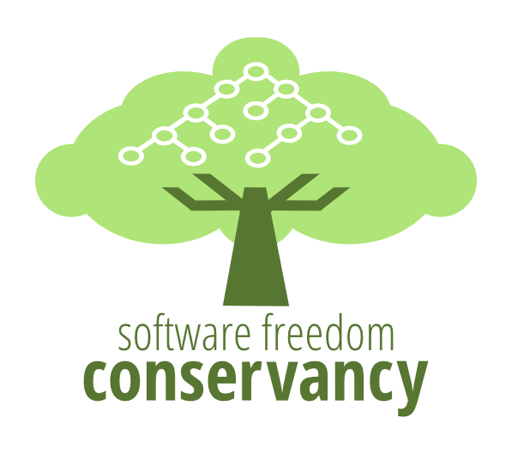- cross-posted to:
- opensource@lemmy.ml
- cross-posted to:
- opensource@lemmy.ml
The TLDR here, IMO is simply stated: the OSAID fails to require reproducibility by the public of the scientific process of building these systems, because the OSAID fails to place sufficient requirements on the licensing and public disclosure of training sets for so-called “Open Source” systems. The OSI refused to add this requirement because of a fundamental flaw in their process; they decided that “there was no point in publishing a definition that no existing AI system could currently meet”. This fundamental compromise undermined the community process, and amplified the role of stakeholders who would financially benefit from OSI’s retroactive declaration that their systems are “open source”. The OSI should have refrained from publishing a definition yet, and instead labeled this document as ”recommendations” for now.
I really can’t overstate how much respect I have for Kuhn and the SFC. If RMS and the FSF are the Free Software movement’s past, Kuhn and the SFC are it’s future, and I can’t imagine anyone better to carry that particular torch.
Oh, wow. Should be pretty obvious that something isn’t open source, …well… unless the source is open…
You would think that but even here on the Fediverse where many users have an affection for technology and are generally vary of AI, I‘ve seen people gobbling up the Open Source label when the model was open weights at best.


